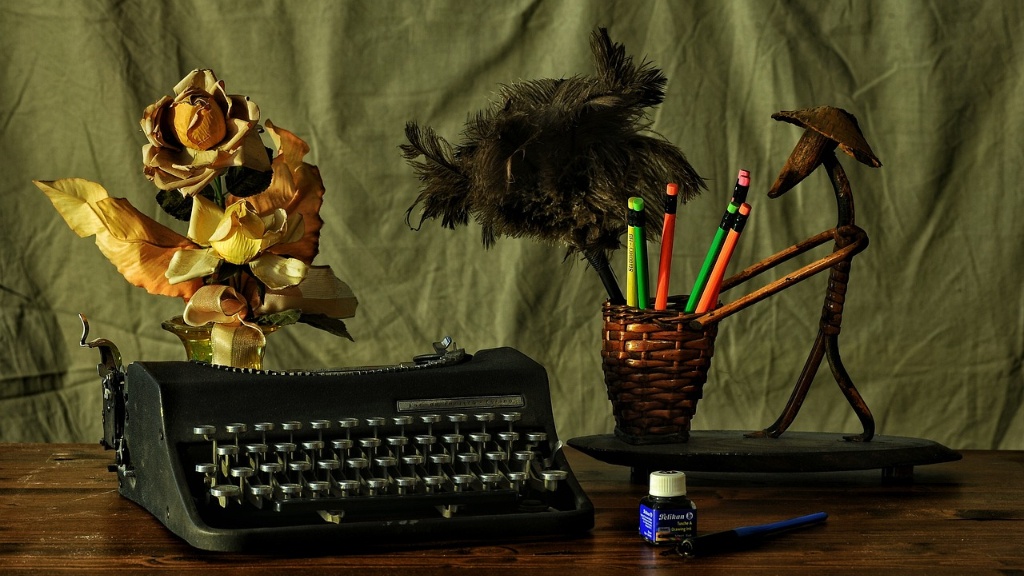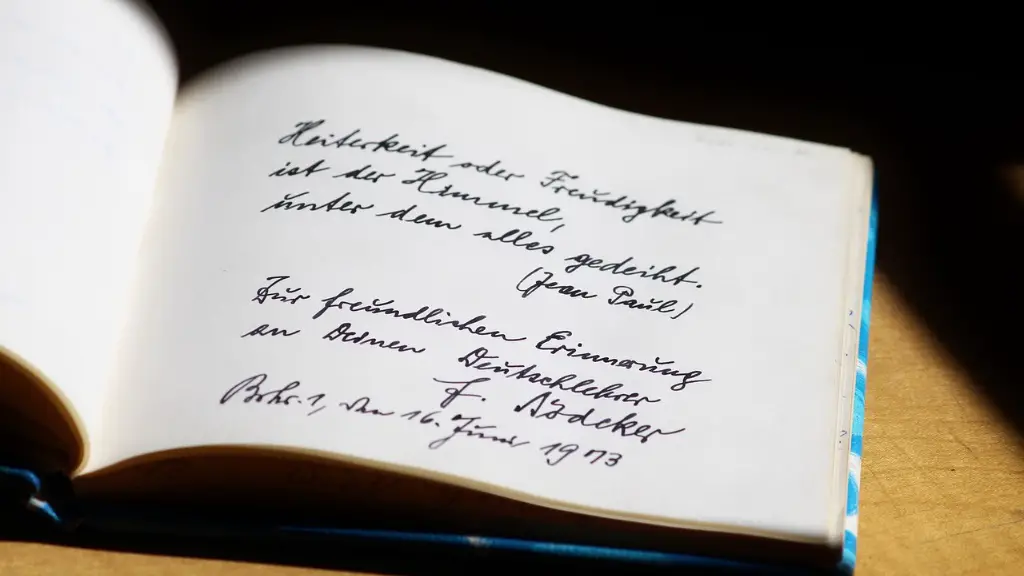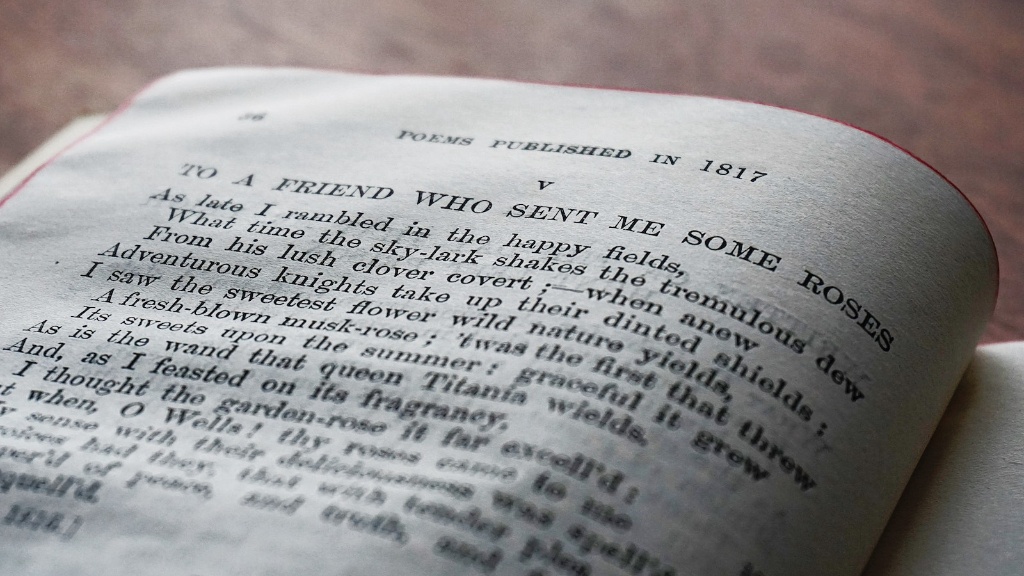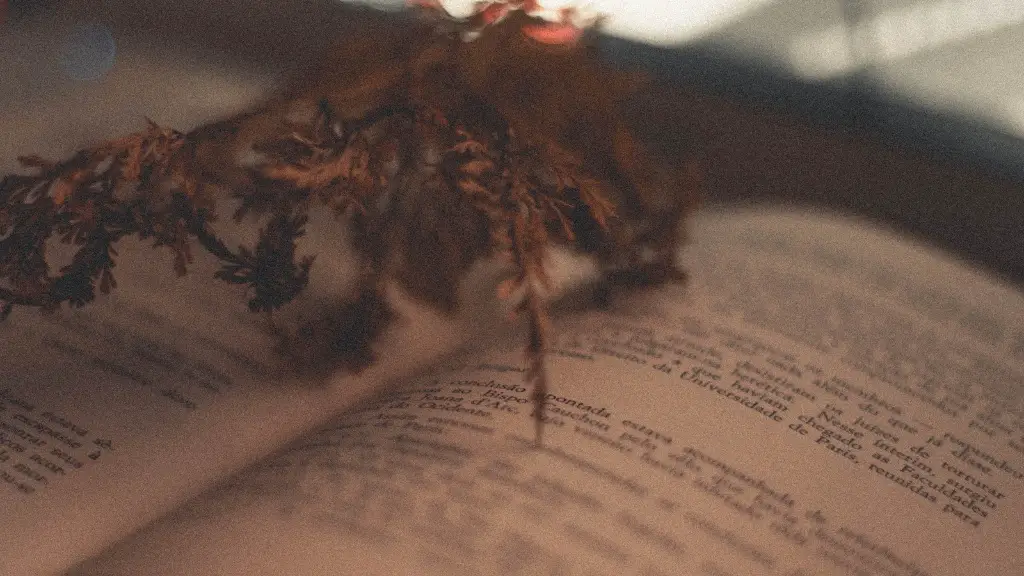Poetry is an art form that, in the simplest terms, is made up of words that interact to create a composition. Poets use many tools to craft their poems and to convey a message to their readers. Understanding the structure of a poem is vital to understanding its meaning.
The structure of a poem is composed of stanzas (groups of lines) and lines (groups of syllables). It is important to note that the structure of a poem does not always follow the same pattern. Instead, the writer may choose to use different devices to make their words flow together and create an emotional response in the reader.
The most basic structure of a poem is the four-line stanza, also known as a quatrain. Each line has a certain number of syllables, usually eight, and follows a specific pattern of sound. The quatrain may be repeated throughout the poem, with each repetition creating a new image or meaning. Additionally, the writer can create variation in the poem’s structure by changing the number of syllables per line or the pattern of sound.
Experienced poets often use techniques such as rhyme, alliteration, and assonance to employ a level of control over the poem’s structure. Rhyme is a type of repetition used when two or more words have the same ending sound. Alliteration is a type of repetition used when two or more words have the same starting sound. Finally, assonance is a type of repetition used when two or more words have the same interior sound. Using these techniques, a poet can reinforce the poem’s structure and emphasize particular words.
When analyzing the poem’s structure, it is also important to consider other elements such as punctuation, sentence length, and imagery. Punctuation is used to influence the poem’s flow and to emphasize certain words or ideas. Sentence length affects the pacing of the poem and the intensity of the reader’s emotional experience. Finally, imagery, or the use of figurative language, serves as a vivid, visual representation of the poem’s content.
Metrics
Poetry, like other forms of writing, has been influenced by the advent of metrics. Metrics is the system of structure and form that can be applied to the writing of a poem. By using metrics in poetry, writers can achieve a degree of precision and control over the flow and meter of their poem. This makes it easier for the poet to convey a specific message or emotion.
Metrics, in its purest form, involves counting the number of syllables and feet in a poem, as well as adhering to a fixed pattern. A foot is a group of syllables, usually two or three, within a poem. There are several types of metrics, the most common of which are iambic, trochaic, and anapestic. Each type of metrics has a pattern of unstressed and stressed syllables in the poem. Using metrics in poetry can help the poet to establish a rhythm and to create a cohesive, unified composition.
Despite the obvious benefits to using metrics, some poets choose to go against the grain and use a more freestyle approach. This approach often involves experimenting with different forms of poetry or avoiding structure altogether. By doing this, the poet can create a unique and creative poem that still has a powerful message or emotion.
Rhythm
A major factor in the structure of a poem is the rhythm of the words. Rhythm is simply the pattern of stress and unstress in the poem, and is usually defined by the number of beats in each line. Usually, each line will have the same number of beats, often four, and poets may use different words with more or fewer syllables to create the desired effect. Additionally, poets may use alliteration, assonance, and other rhetorical devices to emphasize certain words and further create variation in the beats of their poem.
Rhythm is closely related to metrics and can also help to create a sense of cohesion in the poem. A strong rhythm plays an important role in engaging the reader and creating a vivid mental image of the poem’s content. It can also help to enhance the emotion of the poem and to create an unforgettable experience for the reader.
Form
In addition to structure, the form of a poem is equally important in determining its meaning. The form of a poem is the literary device that it follows, such as a sonnet, a villanelle, or a haiku. Each form has a specific number of lines and even syllables, as well as a certain rhyme scheme.
When choosing a form, it is important to consider the poem’s message and how it will be conveyed to the reader. For example, a sonnet lends itself to a more lyrical and heartfelt tone while a limerick may be better suited to a humorous or light-hearted poem.
Experimenting with different forms of poetry can be an effective way to convey complex messages and emotions. It can also be an excellent way to practice one’s writing skills and to challenge themselves to create something unique.
Themes
Themes are also an important consideration when discussing the structure of a poem. A poem’s theme is the underlying idea or message that it conveys to the reader. Poets may explore a variety of themes in their work, such as love, death, nature, religion, time, and society.
When choosing a theme for a poem, it is important to consider what type of structure will best convey the poem’s message. For example, a poem about love may benefit from a romantic, lyrical structure while a poem about death may be better suited to a more somber, serious form.
A poem’s theme is often revealed gradually, as the poem progresses and the reader is presented with more information. As such, it is important to consider how the poem’s structure can contribute to its meaning and how it can help to emphasize certain points.
Exploration
The structure of a poem is one of the most important elements that contributes to its meaning and impact. As such, it is important to consider how the different elements of the poem’s structure interact with one another, and how they contribute to the poem’s overall message.
Exploring and experimenting with different structures can be a great way to practice one’s craft as a poet or writer. By experimenting with different forms, techniques, and themes, the poet can create unique and powerful poems that will engage and inspire the reader.
At the end of the day, understanding the structure of a poem is essential to understanding its meaning, and it is an important skill for all poets and writers. Exploring the variety of tools available to a poet and experimenting with different structures can be an exciting and rewarding experience that leads to the creation of something truly special.




